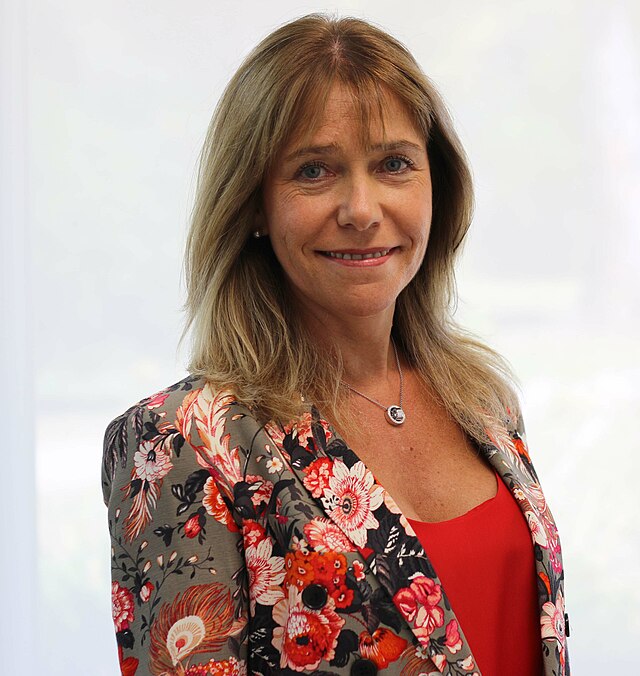Climate crisis is far from “gender neutral”, WMO chief says
For example, more women than men died in the Indian Ocean Tsunami in 2004 because they were less likely to know how to swim and long clothing hampered their movement.

The climate crisis is far from “gender neutral”. Women and men are affected differently by weather and climate, and therefore need gender-sensitive information and services, WMO Secretary-General Celeste Saulo said in a keynote address.
There is huge untapped potential to harness the role of women as climate leaders and advocates for climate resilience and sustainable development, she told the launch of the International Gender Champions Climate Impact Group.
“Women are very effective at mobilizing communities in the event of disasters. They are at the frontline in moving forward with recovery. Women further hold key knowledge in natural resources management, and are key actors in climate adaptation and mitigation,” she said.
The International Gender Champions (IGC) was formed in 2015 as a leadership network to make gender equality a working reality. It now embraces more than 320 active Champions and over 400 Alumni, who are the heads of international organizations, permanent diplomatic missions, and civil society organizations.
Since taking office at the start of the year, Celeste Saulo says one of her priorities is to foster greater diversity within the WMO, ensuring equitable representation across gender, regional, and cultural lines. She is committed to implementing the WMO Gender policy which was updated in 2023.
“Women and girls are disproportionately affected by climate change and weather-related disasters. In addition, we know that they have less access to climate information, early warnings, agricultural advisory services, mobile phone technology and financial credit,” she told the International Gender Champions event, hosted by the International Federation of Red Cross and Red Crescent Societies.
For example, more women than men died in the Indian Ocean Tsunami in 2004 because they were less likely to know how to swim and long clothing hampered their movement. A case study in Senegal showed that while all farmers needed information on seasonal onset of rains, length of rainy season etc, female farmers also required information on rainfall deficit forecasts and early seasonal rainfall cessation, as it could be devastating for them given that they plant their plots a month later than their male counterparts.
Many of WMO’s programmes to strengthen climate adaptation seek to address the barriers faced by women and marginalized communities in accessing resources and decision-making tools.
For instance, the Fiji Meteorological Service – in line with government policy - is working to mainstream gender in the provision of early warning systems thanks to the support of partners like the Climate Risk Early Warning Systems (CREWS).
“I am determined to use my voice as an international gender champion to ensure that gender considerations are mainstreamed in climate policies. We have no time to lose. We stand at the intersection of inequality and climate change, and our strategies must reflect the urgency of the times,” said Celeste Saulo.










